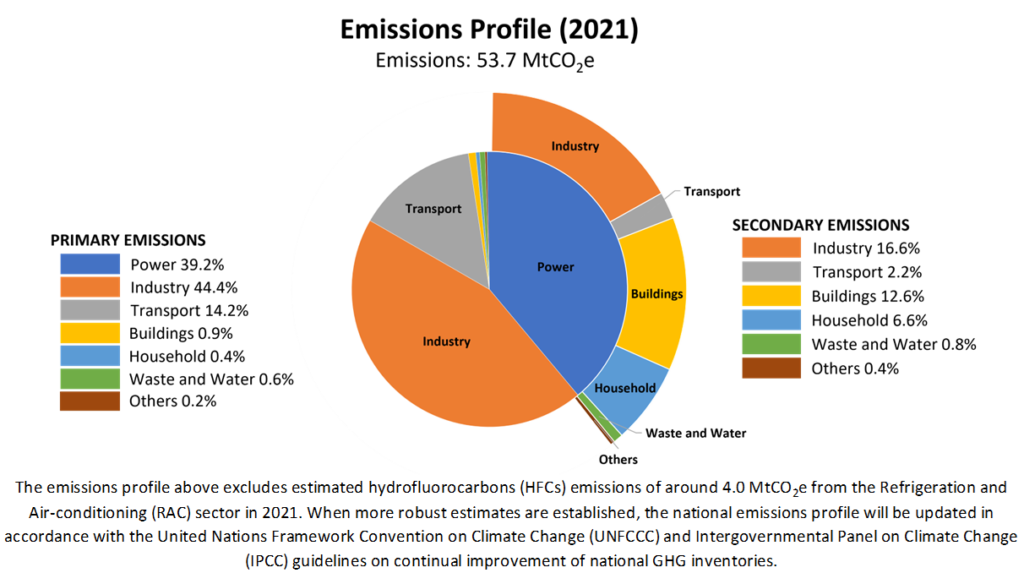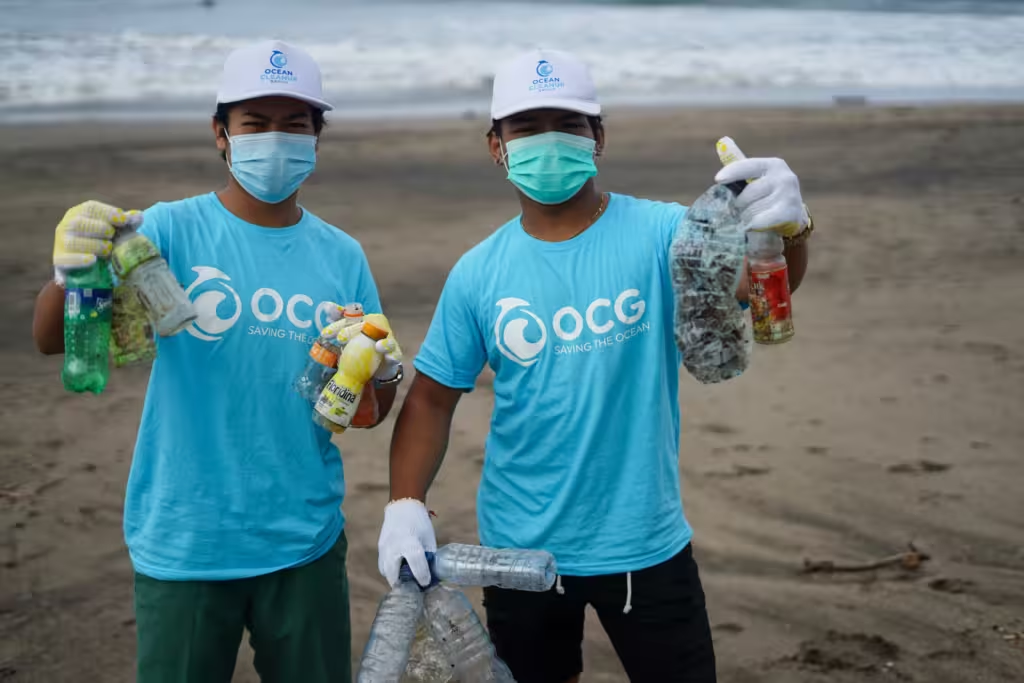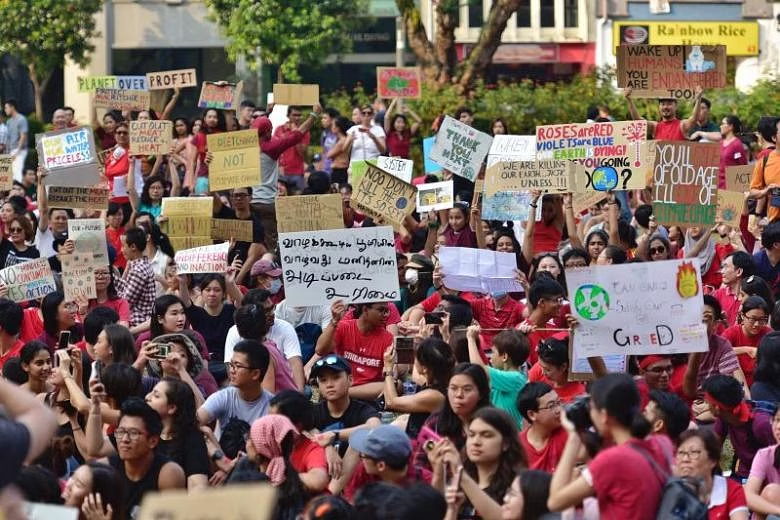Published 13 June 2024 ● Last Updated on 18 June 2024
In light of the imminent climate crisis, in October 2022, Singapore committed to accomplishing net zero carbon emissions by 2050. One of the early roadmaps to achieving the elusive target is the Singapore Green Plan. Spearheaded by five ministries, its aim is to galvanise the whole nation towards urgent, effective, and meaningful climate action.
Singapore is geographically challenged when it comes to renewable energy generation – a low-lying island state with one of the highest population densities globally. However, it makes up for this lacuna with its nationwide sustainable efforts in human resources, infrastructure, strong institutions and wealth. As such, the Green Plan plays to Singapore’s advantages. Its key pillars are called:
1. City in nature: which refers to expanding, enhancing, and intensifying Singapore’s green spaces such as parks, park connectors, etc.;
2. Energy reset: which entails promoting cleaner fuel sources;
3. Green economy: which means creating jobs in sustainability, increasing the funding of, and availability of green finance;
4. Resilient future: which represents increasing our country’s ability to withstand consequences of natural disasters resulting from climate change, such as food shortages or floods, and;
5. Sustainable living: in other words, promoting a circular economy and recycling habits among civilians.
Globally speaking, a lot of skepticism over the feasibility of Net Zero targets has been raised. Over 140 other governments, including the European Union, the United States and China have made similar pledges. However, many lack the financial power and technological knowhow to to scale, implement, and support the emissions reductions efforts needed to achieve Net Zero. This is partially because of the difficulty in convincing the public and private sector to shoulder more responsibility for the difficult transition away from fossil-fuels.
For this reason, a key goal for Singapore’s Green Plan to focus on is the Energy Reset Pillar. Like most highly developed countries, carbon emissions in Singapore come primarily from the energy and industry sectors.

“Power” refers to the generation of electricity. In Singapore, the primary mode of power comes from processing of natural gas and solar panels. The government is looking into low carbon solutions such as hydrogen and Carbon Capture Utilisation and Storage. “Industry” refers to emissions from manufacturing sectors. Of these, the largest culprit in Singapore by far is Jurong Island, home to the world’s sixth largest crude oil refiner and exporter. Aside from the gasoline put into our cars, trains, buses, refined crude oil is used in an extensive range of household products (otherwise known as petroleum products). They include virtually any plastic product, such as contact lenses, toilet seats, and even makeup.
Indeed, in line with the outcome of the latest intergovernmental agreement on climate change (Conference of the Parties “COP28”) which has sounded the “death knell” for fossil fuels, Singapore is following suit. Some of the active steps being taken are,
– The carbon tax will step up to between $50 to 80 by 2030. It increased five fold, from SGD$5 per tonne in 2023 to SGD$25 per tonne in 2024.
– In an effort to increase emissions transparency, all companies listed on the Singapore Exchange (SGX) will also have to make mandatory sustainability reporting from financial year 2025 onwards. The reporting needs to be in line with the IFRS’ International Sustainability Standards Board (ISSB) standards, meaning they must be rigorous and substantive.
On top of transitioning to cleaner energy sources, in order for the country to move towards Net Zero, undoubtedly the other part of the Net Zero puzzle is how economic activity is conducted. Changes according to the Green Plan regarding the Green Economy Pillar include:
– Green finance, whether public or private, will increase. Although the definition of “green finance” is not universally standardised as yet, the term generally refers to financial flows intended for environmental purposes. These can be in any product, technology, service, research or programme which is purportedly comparatively more sustainable than its counterparts, anything which promotes sustainability, or are themselves carbon-emission negative. Funds or grants specifically for climate technology, for example, such as solar panels, cooling systems, and technology to improve energy efficiency which are up to international standards, would most clearly be counted as “green finance”.
– As a result of the increase in green finance, and the rising pressure on corporations and governments to take action on climate change, a slew of green jobs will be created. Organisations in all sizes, ranging from ministries, statutory boards, banks and law firms to Small and Medium-sized Enterprises alike will likely be looking for persons trained in sustainability. Whether they are looking for legal consultants hired to parse new regulations, sustainable corporate governance consultants hired to revamp a companies’ sustainability policies and practices, or more specialised roles such as food scientists, climate tech engineers, or , everyone will be hands on deck in order to properly play a role in the transition.
Although the importance of leveraging institutional pathways in the public and private sector is crucial to the Green Plan, this doesn’t mean that civilians don’t have a role to play in achieving the Net Zero transition. In fact, they have a key role in ensuring the Green Plan’s success.
Sustainable Living is included as the fifth and final pillar of the Green Plan precisely because every little bit counts. This pillar stands for the idea that sustainable living is a lifestyle, and that small everyday actions at the individual level have powerful effects on the whole. The government’s targets for the Sustainable Living pillar include reducing household waste, lessening household water usage, and lessening carbon emissions from schools.
For the busy office person, one can make a small but pointed effort at helping to achieve Sustainable Living, and in the process, reducing one’s own carbon emissions by normalising green behaviours. This means bringing your own tupperwares, bags, and tumblers (BYO), refusing plastic and straws, taking less fossil-fuel intensive transport such as public transport and carpooling. Encouraging others to do the same can also go a long way in shifting the public narrative about environmental issues.
One can up the ante by being an active participant in grassroots initiatives such as recycling drives, beach cleanups, taking public transport to work day, among others.

These are not just feel-good mood booster activities with no real impact. They are opportunities to build a community of like-minded people, creating a sense of shared responsibility about climate change. As a great starting point, check out Secondsguru’s curated calendar of green events that happen around the island, which range from free nature walks to ticketed documentary screenings, and more.
More politically bold citizens may even wish to engage with climate change through civil action. This can be, for example, by attending meet-the-people sessions, writing to their MPs, keeping a keen eye on green policies, and joining environmental NGOs or social enterprises.

If lifestyle changes feel like too big a step, civil society can also play their part in Sustainable Living simply by being interested in, receptive to, and expressing support for, policy changes. As per the Ministry of Sustainability’s 2023 study of 2,300 people aged 15 and above, only 15% were aware of S’pore’s net-zero emission target, and only 65% expressed support for Singapore’s Net Zero by 2050 target. While 65% of the sample size is a simple majority, we still have a ways to go! Climate change is a universal issue affecting every country, but Singapore in particular is especially vulnerable. It is up to the citizens to help enact the policy-led climate transition taking place in Singapore.
At the end of the day, what is most important in achieving Net Zero is spreading the word and joining the cause. Yes, Singapore’s Green Plan may be ambitious and high level, and can appear intimidating to the uninitiated. However, if any city-state is well-placed to face the challenge of climate action through a comprehensive whole-of-nation policy plan, it is Singapore. Whether you are in the public sector, private sector or are an ordinary member of civil society, you too, have a role to play. With the right mindset and enough collective action, Net Zero 2050 just might be in sight!
– Leanne
Leanne Chee is a recent graduate of Yale NUS and NUS Law. She has an avid interest in the climate crisis, particularly on the role of oil, fossil fuels, and their collective action problems. Past environmental topics she has written commentary on include: green finance, greenwashing, carbon colonialism, and her thesis was written on the deconstruction of the global oil industry through the UNFCCC.



0 Comments